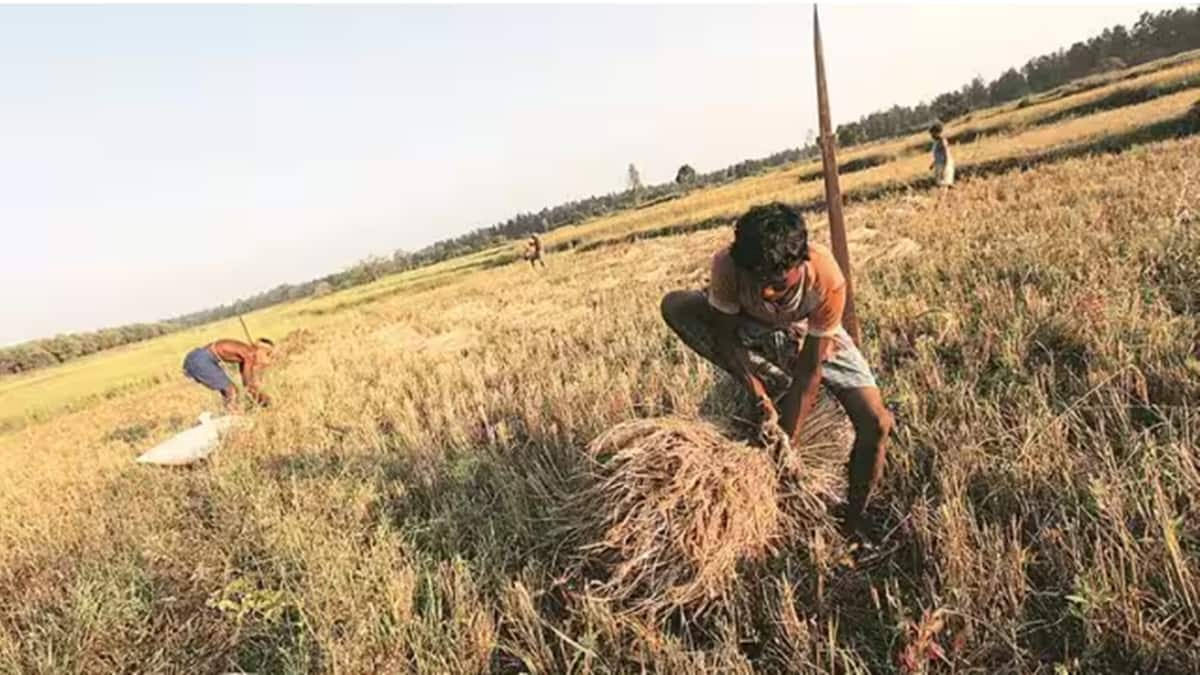Continuing rural woes: No cogent evidence yet of a rural revival, the problem is more than cyclical
The latest set of numbers put out by the leading fast moving consumer goods companies doesn’t inspire much confidence about the state of demand in rural India. Nor do many other proxy markers of the rural economy, like farm credit/exports or reservoir water levels, which indicate that the consumption demand in the rural sector hasn’t really recovered from the shock of the second wave of Covid. The rural woes had worsened even before the pandemic—the World Bank estimates that real rural wages in India have stagnated over the last decade. With elevated inflation, real wages in the hinterland are seen to have fallen through FY23 and much, if not all, of H1FY24. This sharply contrasts with the decent 7.5% growth reported for private consumption expenditure in the last fiscal year, and the Reserve Bank of India (RBI) survey that showed a four-year peak in overall consumer confidence in September 2023. Clearly, it is the urban areas that are holding the fort.
Though the crop damage caused by unseasonal (pre-monsoon) showers and uneven distribution of monsoon rainfall may have contributed to the longevity of the rural torpor, it has deeper underlying reasons. There is a shift in terms of trade away from the farmer and the average rural worker/trader, contrary to what policymakers claim. Wages are nearly half of rural household income, and well over a third is realisation from farming. There has been a lack of policy impetus to boost farm- and non-farm wages over several years. At the same time, the income support to farmers in the forms of minimum support prices (MSPs) and direct cash transfers (PM Kisan) have seemingly been offset by high inflation. The rise in farmers’ income has lagged that of other sections of the society, including large companies, and HNIs, undermining the rural purchasing power.
However, since the infirmity of the sector is not seasonal, it is necessary to address the issue with a well-planned policy response. To be sure, the stagnant rural sector reflects a larger structural shift in the economy, the brunt of which is borne by small businesses and (highly leveraged) households. The recent policy steps, like seeking to contain food inflation through easing of imports and curbs on exports, would only aggravate the problem. What’s needed is sustained effort to raise farm productivity and output, and improve price discovery of farm produce.
